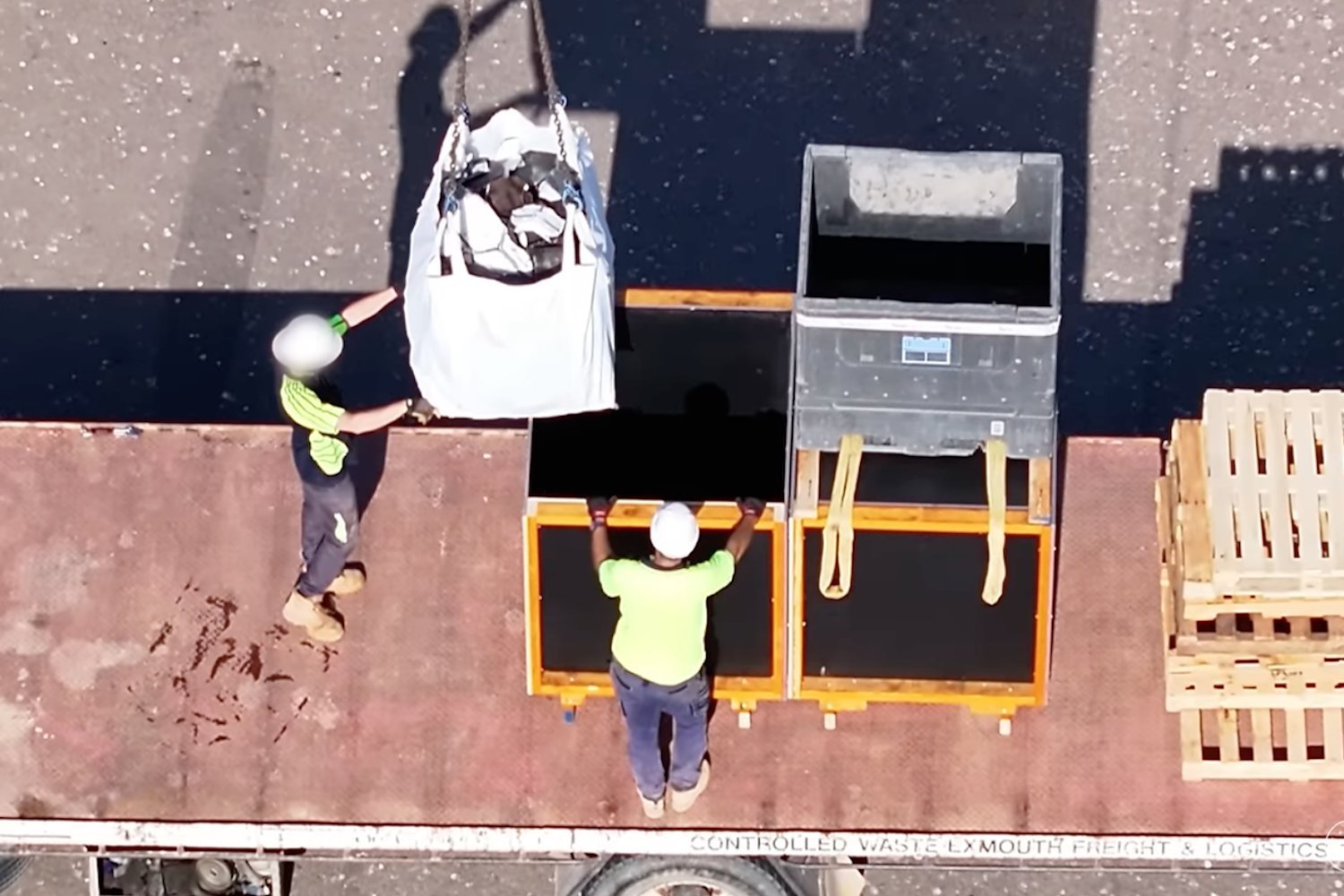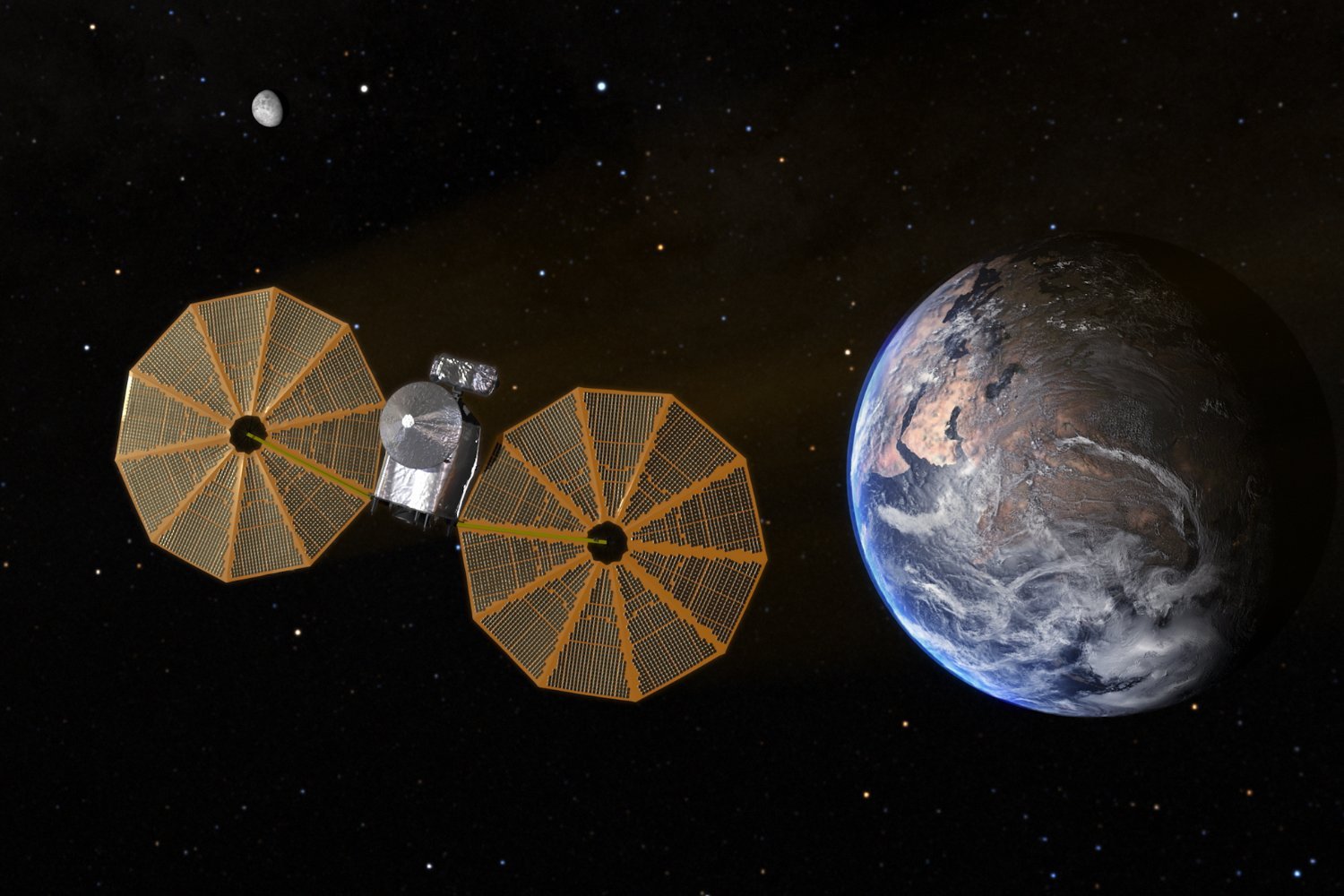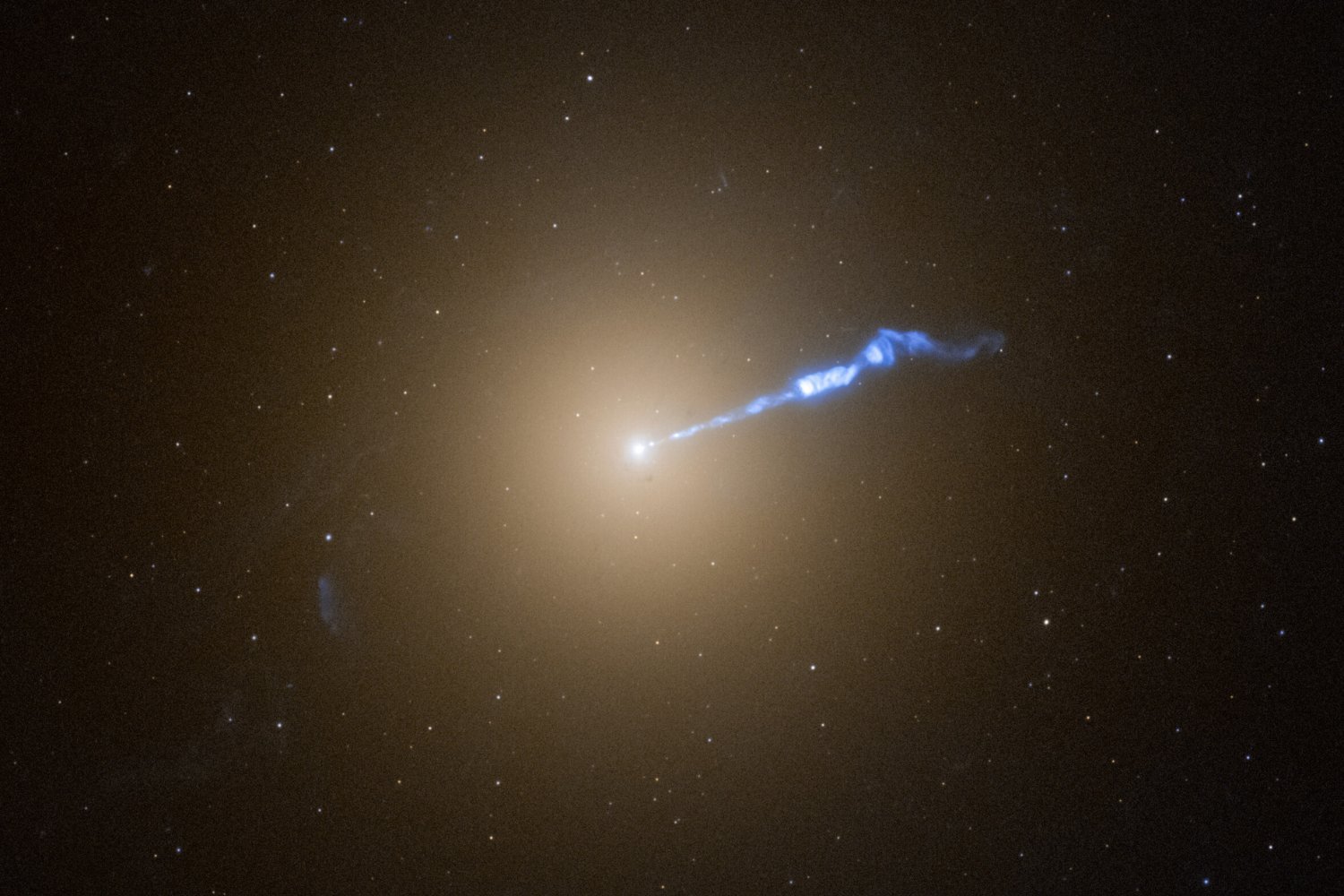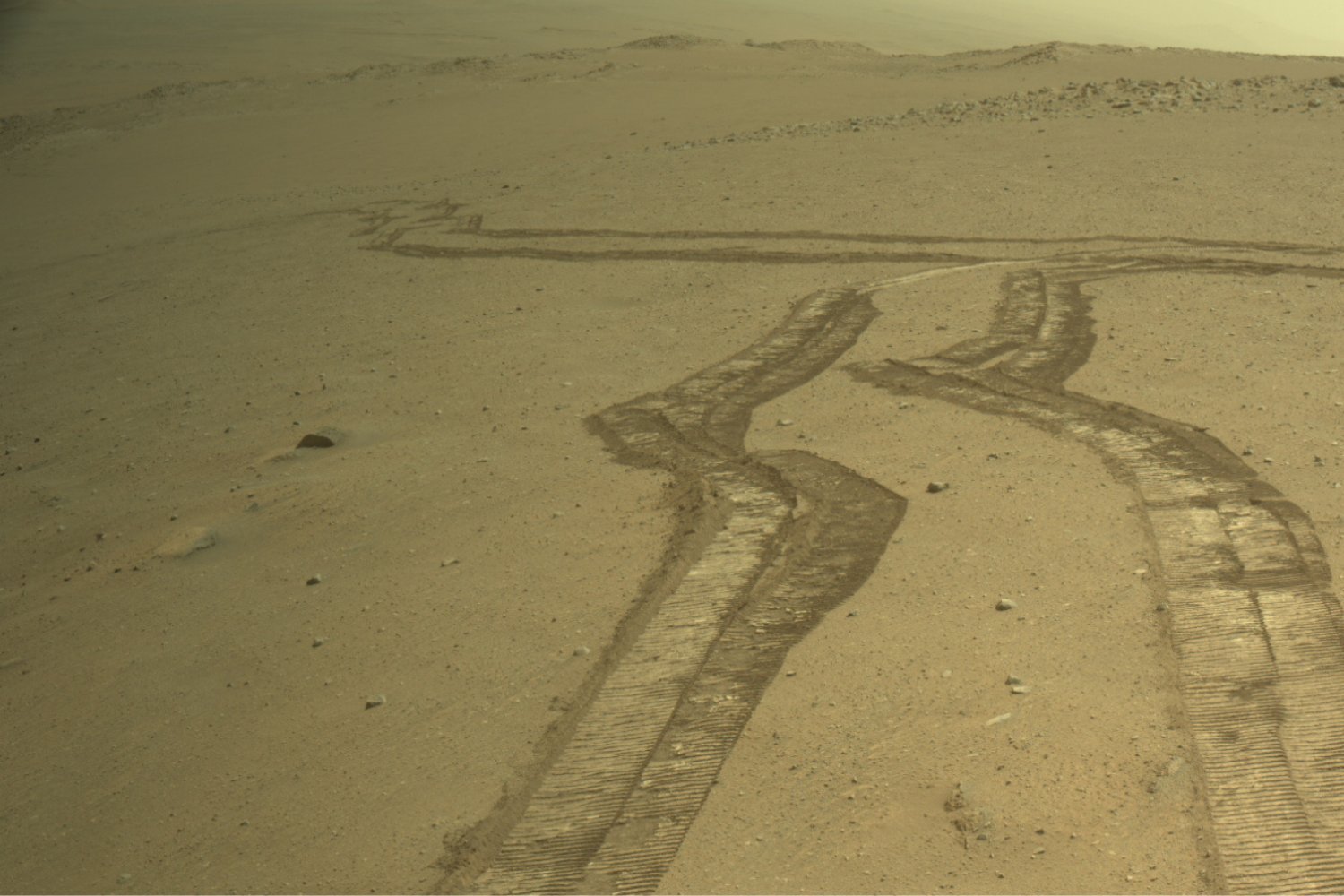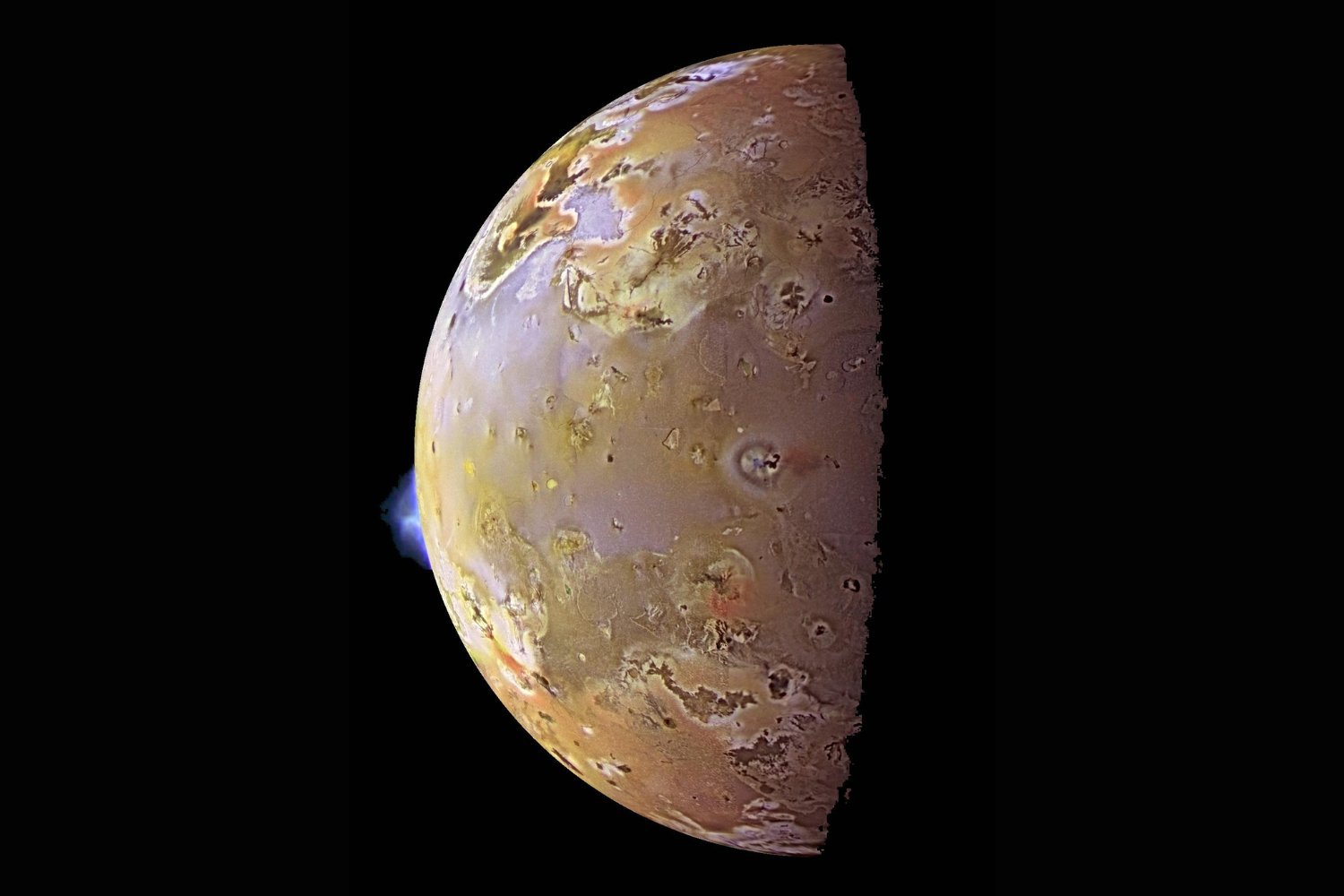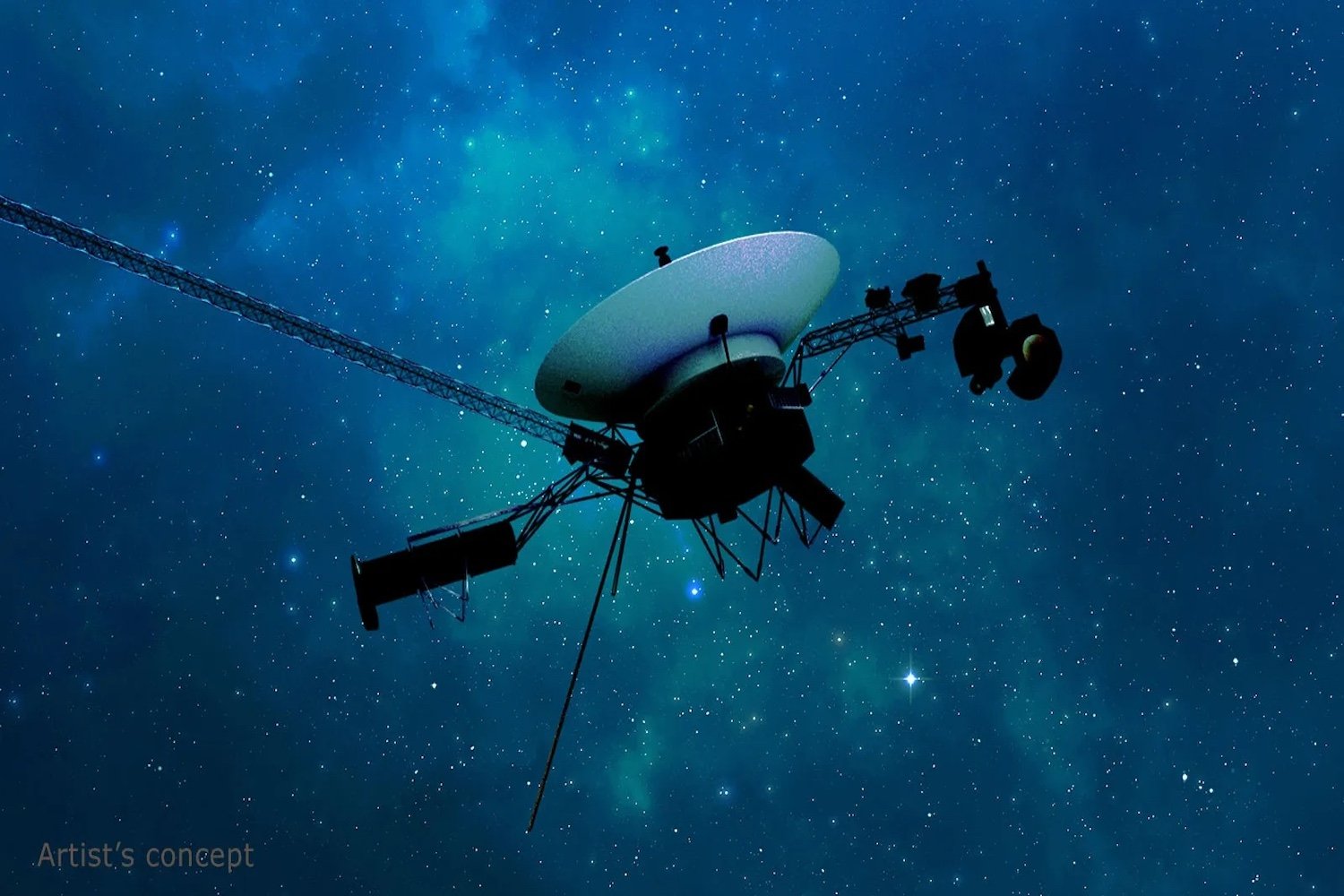The sixth integrated flight test of SpaceX’s Starship, while not achieving a booster catch, provided valuable data through the controlled splashdown of the upper stage in the Indian Ocean. SpaceX successfully retrieved the upper stage and gathered debris from the splashdown site, offering crucial insights for future test flights.
Following the November 19 launch, SpaceX towed the Starship upper stage back to port on the Western Australian coast. Teams also traveled to the Gascoyne region to collect debris, including tanks, heat-resistant panels, and other metal components. This recovery effort, documented by Interstellar Gateway, a SpaceX news and updates channel, marks a shift from previous missions that primarily focused on deploying buoy cameras to record splashdowns.
Interstellar Gateway, using vessel movement data analysis, identified the SpaceX vessel responsible for towing the upper stage. “This was the first flight with a vessel specifically rigged for towing, suggesting an attempt to return Starship to port,” they stated in an email to MaagX. Previous Starship missions focused solely on deploying cameras to record splashdowns. “During port operations, we observed the necessary lines, rigging, and a staging area with a crane, all prepared for removing Starship from the water.”
The October fifth test flight marked a milestone with the Super Heavy booster’s successful soft landing using the “Mechazilla” catching mechanism. However, the sixth flight’s booster catch was aborted four minutes after liftoff due to unmet criteria, resulting in a soft water landing off the Texas coast. The Starship upper stage, however, successfully completed reentry and a controlled splashdown.
SpaceX is preparing for the seventh test flight, incorporating lessons learned from previous launches. Their iterative improvement model emphasizes data collection and hardware analysis. “Starlink transmissions provide limited data, especially as Starship typically sank post-splashdown,” Interstellar Gateway explained. “Retrieving an intact Starship, like the first caught booster, provides invaluable information about structural and hidden faults.”
A key area of study is Starship’s heat shield performance during reentry. “While sensors monitor the heat shield tiles, physically examining recovered tiles is crucial for improvement,” Interstellar Gateway noted. This hands-on analysis provides insights beyond sensor data, contributing to a more robust and reliable heat shield design.
From its initial explosive launch to the recent controlled splashdown retrieval, Starship’s development demonstrates steady progress. SpaceX continues to refine its megarocket, moving closer to regular operational flights.



